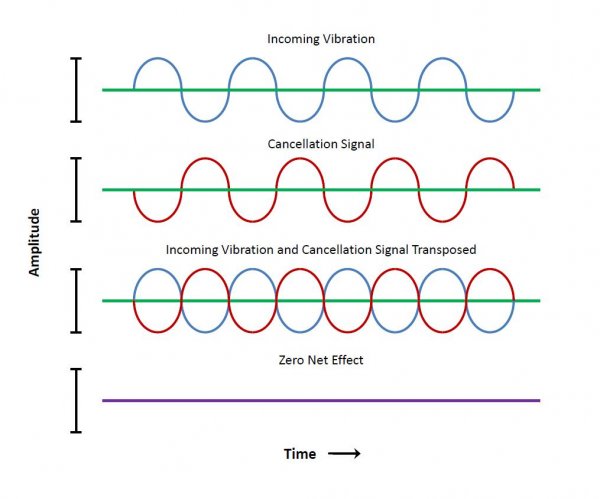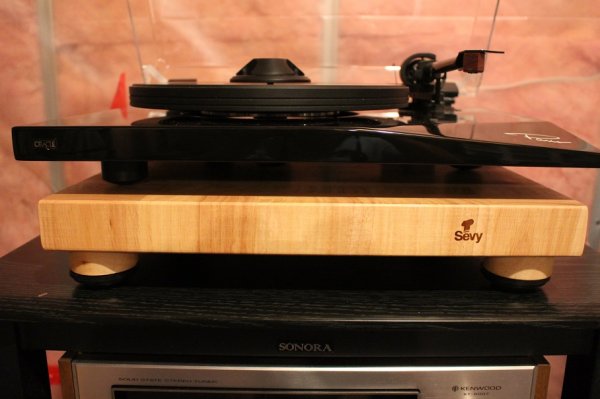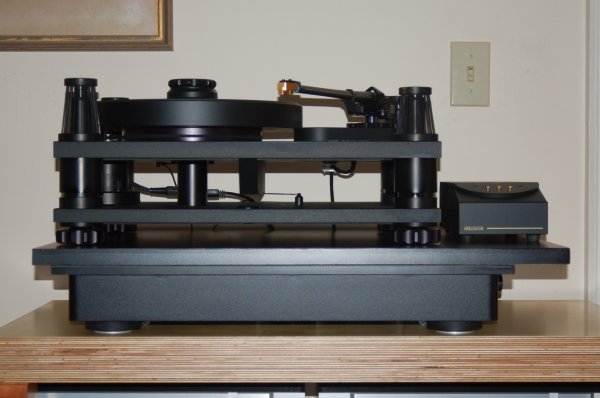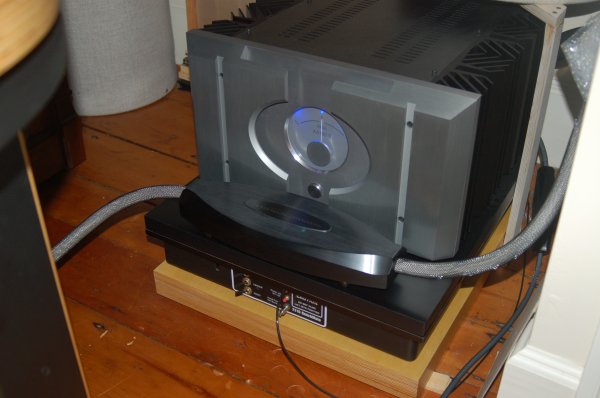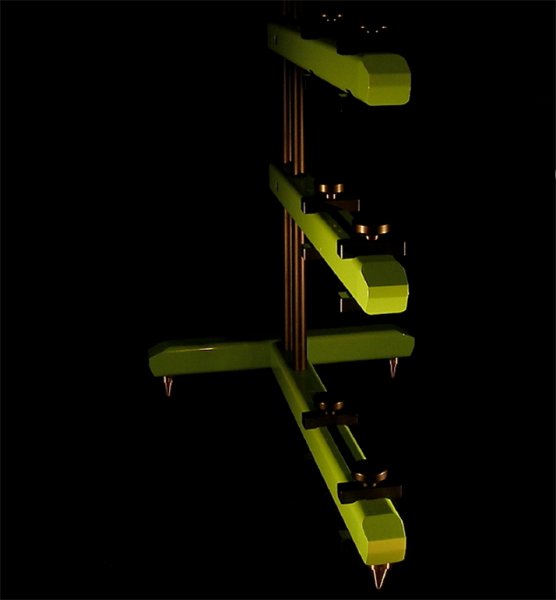Hello All,
I work for a company whose expertise is in environmental isolation (i.e. acoustic, vibration and electromagnetic isolation). We primarily support the nanotechnology community achieve maximum resolution for their research data, however, I have found more people who own high-end audio equipment contact me lately inquiring about our types of vibration isolation systems.
This thread is not a solicitation for business by any means, but I am interested in what users of high-end audio equipment currently use to solve their vibration noise problems. I understand popular methods to mitigate vibrations from affecting audio clarity are: decoupling equipment from the vibration source, utilizing some form of dampening material (i.e. sorbathane or other rubber material), or suspended bunjee set up. Are there other, more effective alternatives to increasing the audible quality of high-end equipment?
If you are interested in learning more about my company (Herzan) and what we do, I will be glad to discuss.
Thank you for your time and I look forward to hearing your feedback.
Best,
Reid Whitney
I work for a company whose expertise is in environmental isolation (i.e. acoustic, vibration and electromagnetic isolation). We primarily support the nanotechnology community achieve maximum resolution for their research data, however, I have found more people who own high-end audio equipment contact me lately inquiring about our types of vibration isolation systems.
This thread is not a solicitation for business by any means, but I am interested in what users of high-end audio equipment currently use to solve their vibration noise problems. I understand popular methods to mitigate vibrations from affecting audio clarity are: decoupling equipment from the vibration source, utilizing some form of dampening material (i.e. sorbathane or other rubber material), or suspended bunjee set up. Are there other, more effective alternatives to increasing the audible quality of high-end equipment?
If you are interested in learning more about my company (Herzan) and what we do, I will be glad to discuss.
Thank you for your time and I look forward to hearing your feedback.
Best,
Reid Whitney


